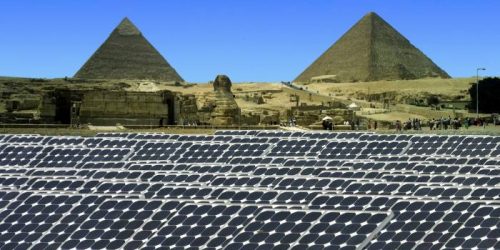Please use the sharing tools found via the share button at the top or side of articles. Copying articles to share with others is a breach of FT.comT&Cs and Copyright Policy. Email licensing@ft.com to buy additional rights. Subscribers may share up to 10 or 20 articles per month using the gift article service. More information can be found here.
https://www.ft.com/content/8ec30baf-69e9-4d73-aa25-13668dcb659f
Renewable power has for the first time made up the bulk of China’s Belt and Road Initiative energy investments as the coronavirus pandemic accelerated a shift away from fossil fuels, new analysis showed. The share of wind, solar and hydropower made up 57 per cent, or about $11bn, of China’s total investment in energy infrastructure in 2020, up from 38 per cent in 2019, according to research from the International Institute of Green Finance at the Central University of Finance and Economics in Beijing seen by the Financial Times. But the institute, which analysed a database maintained by the American Enterprise Institute combined with other sources, also found that coal investments took up a larger portion of China’s $20bn total of energy investments, up from 15 per cent in 2018 to 27 per cent last year. The green milestone was reached as Chinese foreign direct investment under the BRI continued to fall from its peak in 2015. Last year, according to IIGF’s analysis, Chinese investment to BRI countries declined faster than the expected decline in global flows into emerging economies, dropping 54 per cent year-on-year to $47bn. Christoph Nedopil Wang, director of IIGF’s Green Belt and Road Initiative Center, attributed the shift to renewables to a realisation from Chinese investors and host countries that carbon-intensive energy production carried both financial and environmental risks. “Yet, appetite for fossil fuel investments remains . . . [because of] a variety of reasons, such as a belief in the need for coal as a ‘cheap’ source of energy or due to locally available coal reserves,” Mr Nedopil Wang said.





